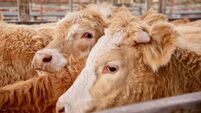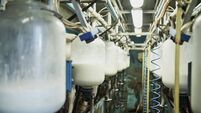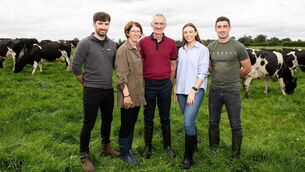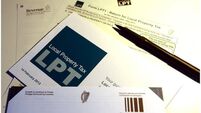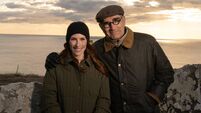Working together for nature
People from non-farming backgrounds (myself included) often make the mistake of presuming that farming as an industry is in some strange way in competition with the natural world.
In reality, nothing could be further from the truth. In fact, it only stands to reason that the farmer is the person in society who has most to lose from any damage being done to the land. And for those who might think that the farmer takes a short-term view of the environment, just remember that the overwhelming majority of Irish farms are family-owned. The reality is that Irish farmers take a very long-term view of the environment.
In the context of the statistics on wildlife management and deaths by poisoning which follow, therefore, it’s worth recalling that most farmers will share the anger of any ecologist reading this. And, while many farmers might wish to debate the approaches taken to protect wildlife, very few oppose the goal of protecting native Irish indigenous species.
The Government’s goal would seem to be to push for greater caution in the use of chemicals.
Chemicals for treating liver fluke in cattle and sheep were blamed for the poisoning of a white-tailed sea eagle found dead in the Killarney National Park on December 11.
It is the ninth eagle poisoned in the area since 77 were reintroduced there in 2007.
The latest poisoning comes despite strict legislation banning poisoned bait to control foxes introduced in October.
Regulations were enacted making it an offence to poison birds of prey, or animals such as otters and pine martens, unless licensed to do so.
Agriculture Minister Brendan Smith announced that alphachloralose, previously registered for and commonly used for killing crows, could now be used only for control of mice.
Poisonings resulted in the deaths of 12 large birds of prey in the past year, including golden eagle, red kite, white-tailed eagle and buzzard. By far the most common poison used was alphachloralose.
In October, Environment Minister John Gormley said such actions were irresponsible as well as illegal, and gave a negative image of Ireland’s farming and tourism sectors.
Mr Smith asked people who need to control rats and mice to be very careful in the use of poisons, because of risk to birds such as barn owls.
Offences under the new regulations are now punishable with fines of up to €5,000, or up to 12 months imprisonment.
It is now an offence to use meat, eggs or any other animal-based product as poisoned bait, unless in accordance with a specific licence granted by the National Parks and Wildlife Service.
More than 20 protected birds of prey have tested positive for exposure to poisons in Ireland over the last three years. Many of these birds are actively monitored as they are part of reintroduction programmes; however, many other species are poisoned but never found.
IN NOVEMBER, the bodies of the eagle and a raven were discovered close to Castlederg in Co Tyrone. Tests have revealed carbofuran poisoning was the cause of death. Police are treating the incident as suspected wildlife crime.
Official figures from Scotland show that poisoning of animals — mostly birds of prey by bait laced with pesticides — reached 84 in 2010.
However, expert ornithologists say up to 50 golden eagles are illegally killed each year in Scotland, and scientists have estimated the Scottish population of hen harriers is only about a third of what it should be, because birds are being killed, or otherwise prevented from breeding.





